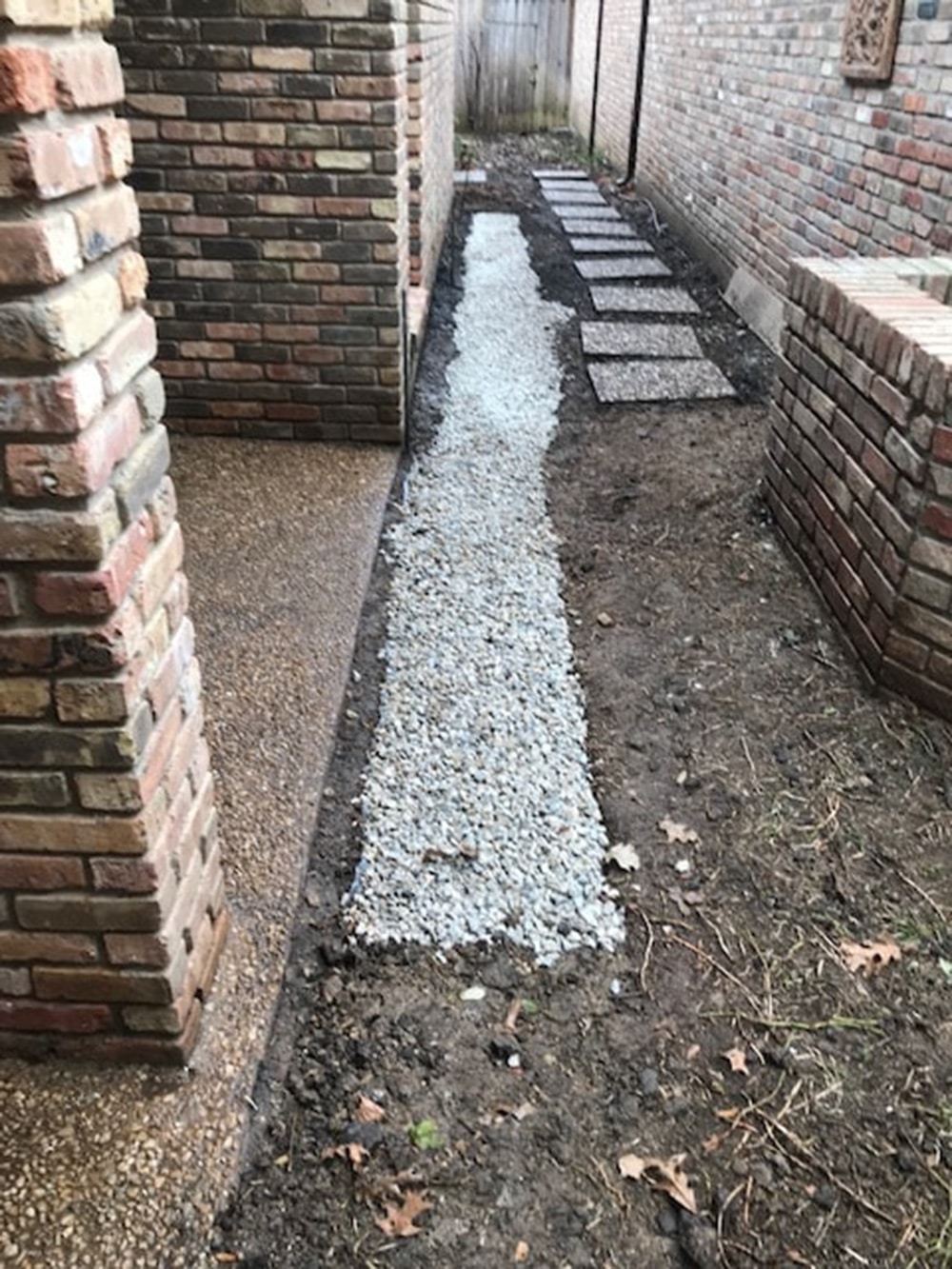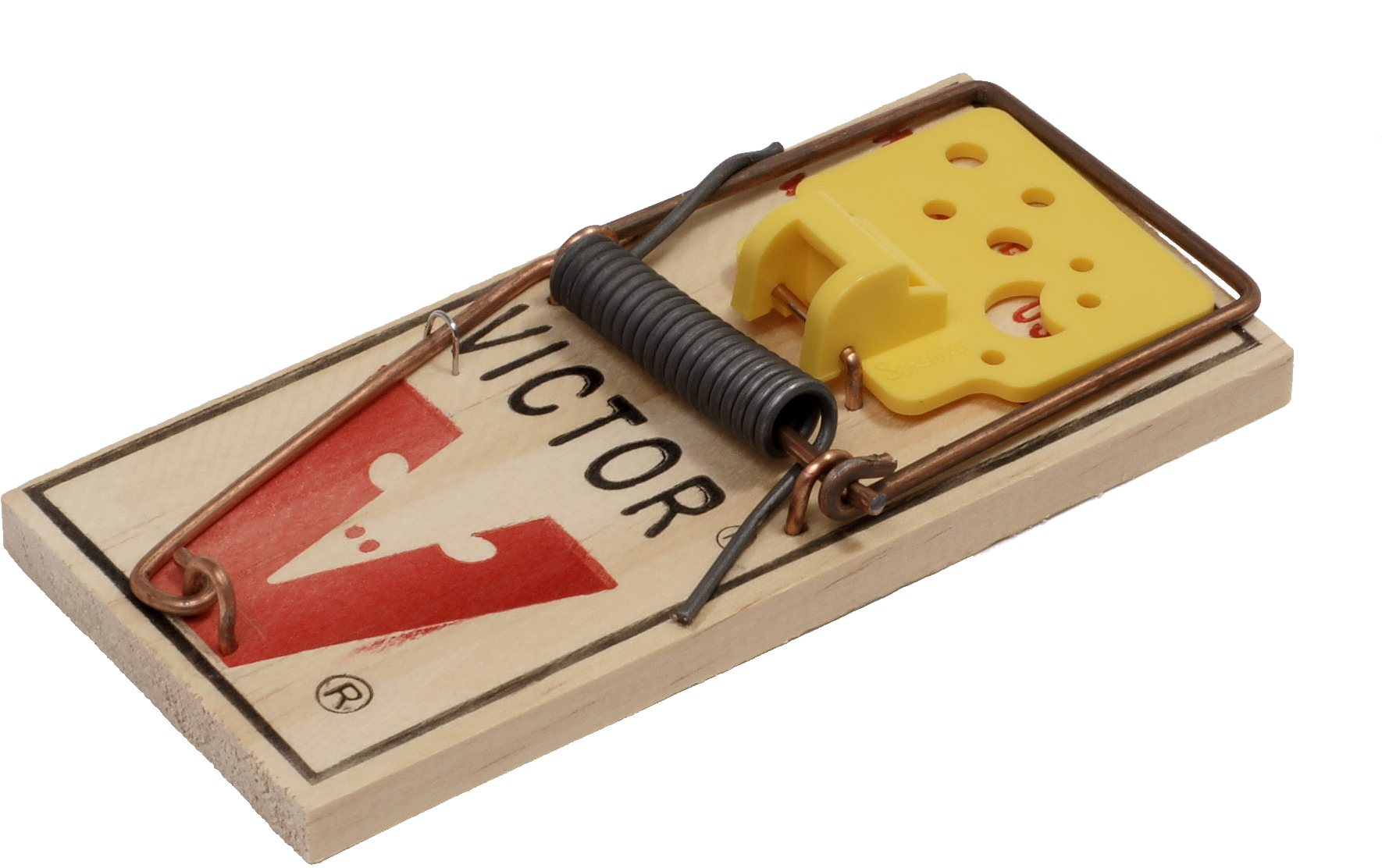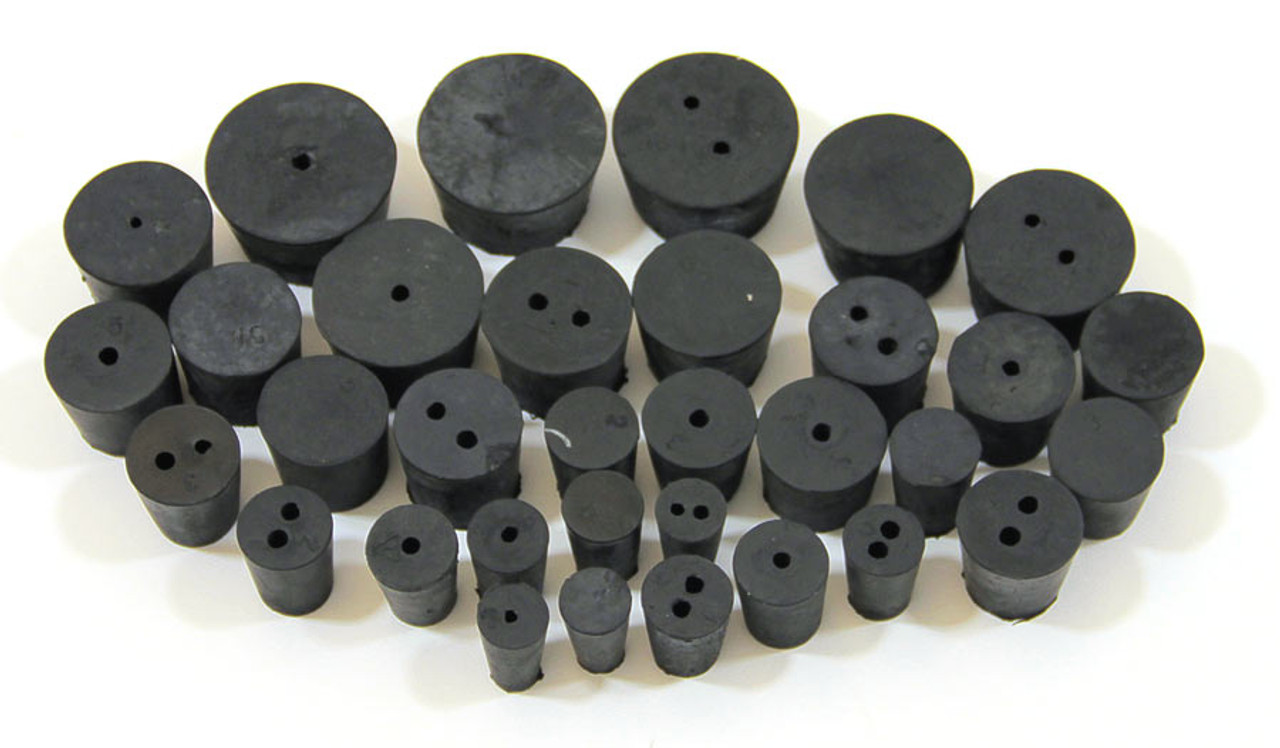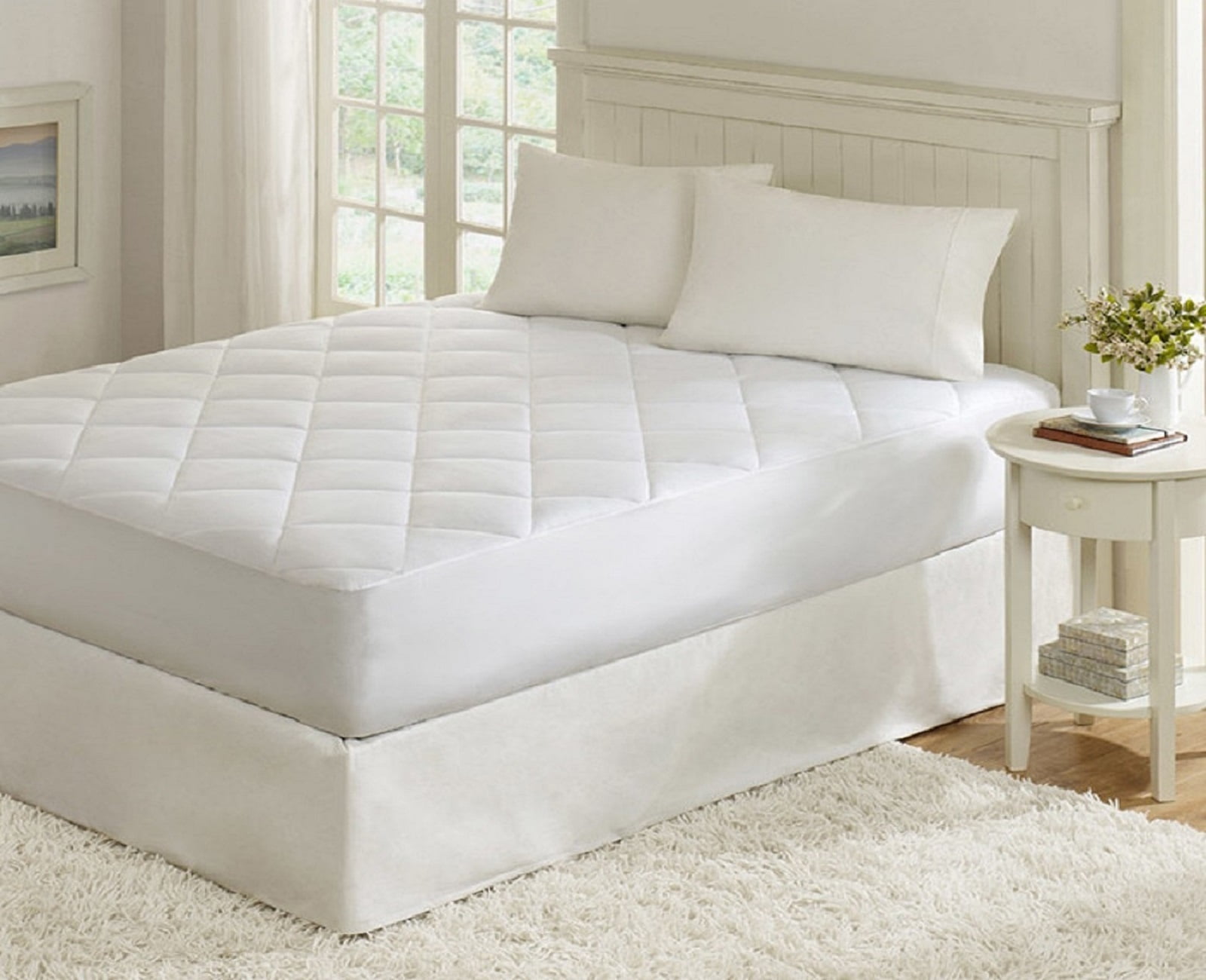Drain Pipe: The Backbone of Your Kitchen Sink Drain
The drain pipe is the main component of a kitchen sink drain, responsible for carrying water and waste away from your sink and out of your home. Usually made of PVC or metal, the drain pipe is connected to the bottom of the sink and runs down to the main sewer line or septic tank. It's important to choose a high-quality drain pipe that is durable and leak-proof to ensure proper drainage and prevent any potential plumbing issues.
Trap: The Key to Preventing Clogs
The trap is a curved section of pipe located just below the drain of your kitchen sink. Its main function is to trap debris and prevent it from clogging your pipes. The most common type of trap is the P-trap, which is shaped like a "P" and has a removable section for easy cleaning. Some traps also have a cleanout plug for easy access. It's important to regularly clean and maintain your trap to ensure proper drainage and prevent clogs.
Strainer: Keeping Debris Out of Your Drain
The strainer is a small, perforated bowl that sits in the drain opening of your sink. Its purpose is to catch food scraps and other debris before they go down the drain and cause clogs. A high-quality strainer will have small holes that can catch even the smallest particles, preventing them from entering your pipes. Regularly removing and cleaning the strainer can help prevent clogs and keep your drain running smoothly.
Stopper: Controlling the Flow of Water
The stopper is a small, round device that sits in the drain opening and can be raised or lowered to control the flow of water. It is typically connected to a lever or knob on the back of the faucet and can be used to stop or allow water to pass through the drain. Some stoppers also have a built-in strainer to catch debris. It's important to regularly clean and maintain your stopper to ensure it is functioning properly and prevent any potential clogs.
Tailpiece: Connecting the Sink to the Drain Pipe
The tailpiece is a short piece of pipe that connects the sink drain to the main drain pipe. It is typically made of metal and can be adjusted to fit different sink heights. The tailpiece is an essential component of a kitchen sink drain and must be properly installed to ensure a leak-free connection. Regularly checking and tightening the connections can help prevent any potential leaks.
P-Trap: The Most Common Type of Trap
The P-trap is the most common type of trap used in kitchen sink drains. As mentioned before, it is shaped like a "P" and has a curved section of pipe that traps debris and prevents it from entering the main drain. The P-trap also has a cleanout plug, making it easier to clean and maintain. It's important to regularly check and clean your P-trap to ensure proper drainage and prevent clogs.
Pop-Up Drain: A Convenient and Stylish Option
The pop-up drain is a popular choice for kitchen sinks as it offers both functionality and style. It is a type of stopper that can be opened and closed by pushing down or pulling up on a lever or knob attached to the faucet. This allows for easy control of the water flow and also adds a sleek and modern look to your sink. However, it's important to regularly clean and maintain the pop-up drain to prevent any potential clogs or malfunctions.
Flange: Securing the Drain to the Sink
The flange is a flat, circular piece that sits between the sink and the drain. Its main function is to secure the drain to the sink and create a watertight seal. A high-quality flange is essential to prevent any leaks or water damage. It's important to regularly check and tighten the flange to ensure a secure and leak-free connection.
Washer: Creating a Watertight Seal
The washer is a small, rubber or silicone ring that sits between the flange and the sink. Its purpose is to create a watertight seal and prevent any leaks. A damaged or worn-out washer can lead to leaks and water damage, so it's important to regularly check and replace the washer if needed.
Nut: Holding Everything Together
The nut is a small, threaded piece that secures the drain to the sink. It is typically located underneath the sink and can be tightened or loosened with a wrench. The nut is an essential component of a kitchen sink drain as it holds all the other parts together. Regularly checking and tightening the nut can help prevent any potential leaks.
Types of Kitchen Sink Drains

1. Basket Strainer
 One of the most common types of kitchen sink drains is the basket strainer. This type of drain is made up of a perforated metal basket that fits into the drain opening and a rubber stopper that can be used to seal the drain. The basket strainer is designed to catch food particles and other debris, preventing them from clogging the pipes. It is easy to install and clean, making it a popular choice for kitchen sinks.
One of the most common types of kitchen sink drains is the basket strainer. This type of drain is made up of a perforated metal basket that fits into the drain opening and a rubber stopper that can be used to seal the drain. The basket strainer is designed to catch food particles and other debris, preventing them from clogging the pipes. It is easy to install and clean, making it a popular choice for kitchen sinks.
2. Garbage Disposal
 Another popular type of kitchen sink drain is the garbage disposal. This is an electrically-powered device that is installed under the sink and is used to grind up food waste into small pieces that can easily flow through the pipes. Garbage disposals are a convenient and environmentally-friendly option for disposing of food waste, making them a common feature in modern kitchens.
Another popular type of kitchen sink drain is the garbage disposal. This is an electrically-powered device that is installed under the sink and is used to grind up food waste into small pieces that can easily flow through the pipes. Garbage disposals are a convenient and environmentally-friendly option for disposing of food waste, making them a common feature in modern kitchens.
3. Pop-Up Drain
 A pop-up drain is a type of kitchen sink drain that is operated by a lever or knob located on the faucet. When the lever or knob is pulled up, the drain stopper is raised, allowing water to flow through the sink. When the lever or knob is pushed down, the drain stopper is closed, preventing water from draining out of the sink. Pop-up drains are a popular choice for their sleek and modern design.
A pop-up drain is a type of kitchen sink drain that is operated by a lever or knob located on the faucet. When the lever or knob is pulled up, the drain stopper is raised, allowing water to flow through the sink. When the lever or knob is pushed down, the drain stopper is closed, preventing water from draining out of the sink. Pop-up drains are a popular choice for their sleek and modern design.
4. Strainer Drain
 Similar to the basket strainer, a strainer drain is also designed to catch food debris and prevent it from clogging the pipes. However, unlike the basket strainer, a strainer drain does not have a rubber stopper. Instead, it has a removable strainer that can be easily lifted out for cleaning. Strainer drains are a budget-friendly option and come in a variety of styles and finishes to match any kitchen design.
Similar to the basket strainer, a strainer drain is also designed to catch food debris and prevent it from clogging the pipes. However, unlike the basket strainer, a strainer drain does not have a rubber stopper. Instead, it has a removable strainer that can be easily lifted out for cleaning. Strainer drains are a budget-friendly option and come in a variety of styles and finishes to match any kitchen design.
5. Push and Seal Drain
 Push and seal drains are a newer type of kitchen sink drain that is gaining popularity for its ease of use. These drains do not have levers or knobs to operate. Instead, they feature a push-to-seal mechanism that allows users to easily open and close the drain with a simple push. This type of drain is a great choice for those who do not want to deal with the hassle of traditional drain stoppers.
In conclusion,
when choosing the right kitchen sink drain, it is important to consider the type that will best suit your needs and preferences. Whether you opt for a classic basket strainer or a modern push and seal drain, make sure to properly maintain and clean your drain to ensure it functions properly for years to come.
Push and seal drains are a newer type of kitchen sink drain that is gaining popularity for its ease of use. These drains do not have levers or knobs to operate. Instead, they feature a push-to-seal mechanism that allows users to easily open and close the drain with a simple push. This type of drain is a great choice for those who do not want to deal with the hassle of traditional drain stoppers.
In conclusion,
when choosing the right kitchen sink drain, it is important to consider the type that will best suit your needs and preferences. Whether you opt for a classic basket strainer or a modern push and seal drain, make sure to properly maintain and clean your drain to ensure it functions properly for years to come.




























/81NWXIOnxfL._AC_SL1500_-34b01bafb5c6442ab723fe0e50e61ab9.jpg)


















.jpg)









































































